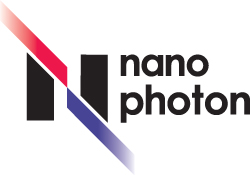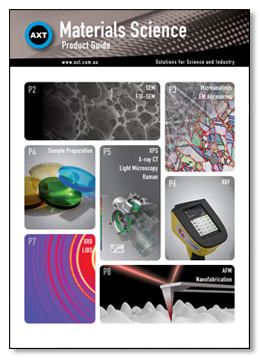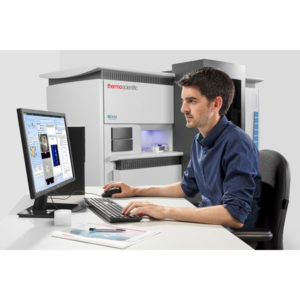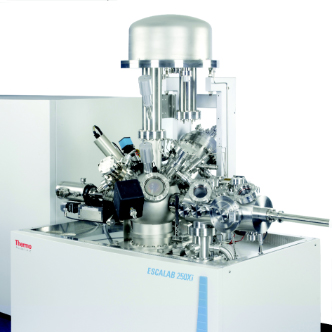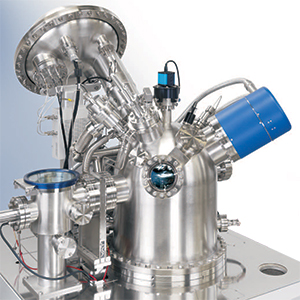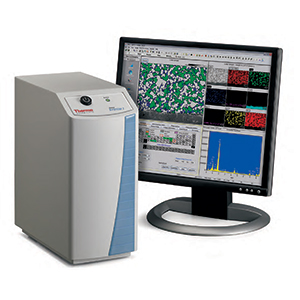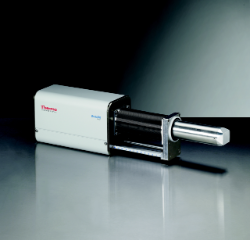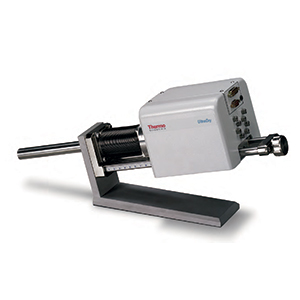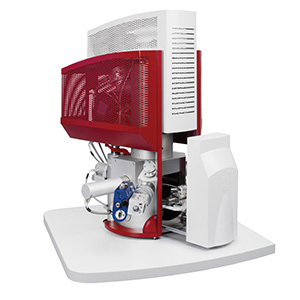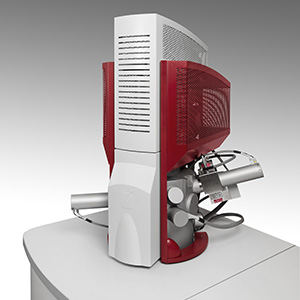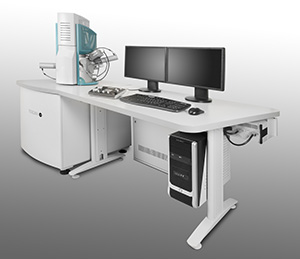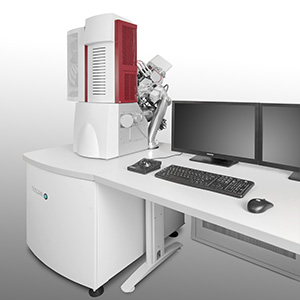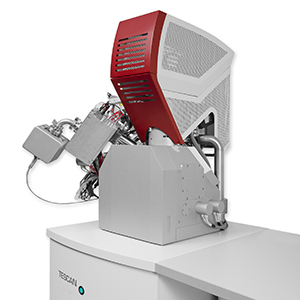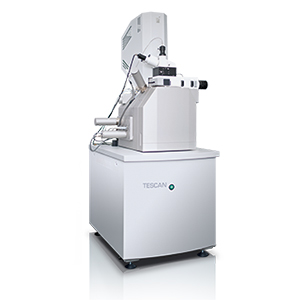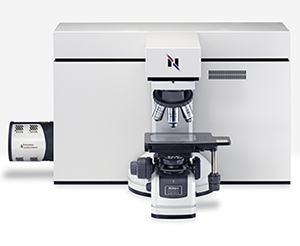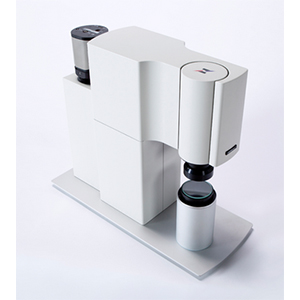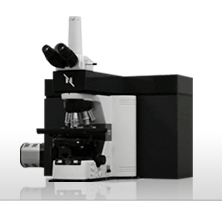Surface Science
AXT have a suite of products that are suited to surface science or the analysis of the outermost layer of materials, i.e. the part of a material that interacts with its surroundings. This range of products is sourced from internationally-renowned suppliers from around the world who lead their respective fields.
This product range includes:
- X-Ray Photoelectron Spectrometers (XPS) from Thermo Fischer
- Time-of-Flight Secondary Ion Mass Spectrometry (ToF-SIMS)
- Scanning Electron Microscopes from TESCAN
- Microanalysis (EDS, WDS and EBSD) solutions from Thermo Fisher
- Raman Microscopes from Nanophoton
- TXRF/GI-XRF
Surface science and surface analysis have come to the fore in recent times with the emergence of surface engineering. Surface engineering is concerned with tailoring high performance materials to have specific properties. These properties may be vastly different from the bulk materials and may differ in a physical, chemical or electrical sense. They can be engineered using surface modification technologies such as coatings, nanocoatings, thin films, plating, anodising, ion implantation etc. Properties that influenced include corrosion, biocompatibility, hydrophobicity, wettability, catalytic activity, adhesion, optical etc. Surface science and surface analytical techniques are important to industries including automotive, aerospace, missile, power, electronic, biomedical, textile, petroleum, petrochemical, chemical, steel, power and construction industries to name but a few.
X-Ray Photoelectron Spectroscopy (XPS)
X-Ray Photoelectron Spectroscopy (XPS), or sometimes referred to as Electron Spectroscopy for Chemical Analysis (ESCA) is the ideal technique for analysing the surface chemistry of a material. It is able to determine elemental composition, empirical formula, chemical state and electronic state of the elements.
It works by irradiating the sample surface with x-rays and measured the kinetic energy and electrons that are emitted from the top 1-10nm of the material. An XPS spectrum is produced by counting the electrons emitted over a range of electron kinetic energies. Atoms present in the sample produce characteristic peaks. XPS is able to reveal the presence of all elements except hydrogen.
XPS can also be used to determine the chemical state of an element. By looking at the binding energies, XPS is able to show the presence of such things as carbon in different states in polymers e.g. O-C=O, -O-C- or C-C.
Time-of-Flight Secondary Ion Mass Spectrometry (ToF-SIMS)
Time-of-Flight Secondary Ion Mass Spectrometry (ToF-SIMS) uses a pulsed particle beam such as a Focussed Ion Beam (FIB) e.g. TESCAN LYRA or TESCAN FERA FIB-SEM to ablate the surface of a material. This process produces disscociated ions close to the impact site or molecular compounds farther away. These particles are accelerated into a flight path on their way to a detector. By measuring the time it takes for the particles to reach the mass detector, or time of flight, the mass of the particle can be determined down to a resolution of 0.00X amu. Thus ToF-SIMS can be used to produce elemental or molecular surveys and maps as well as depth profiles.
Scanning Electron Microscopes (SEM)
TESCAN develop and manufacture electron microscopes that can be used for imaging the surface of materials at very high magnifications. This allows the surface structures to be characterised.
Click here for more information on Scanning Electron Microscopy.
Microanalysis
Thermo Fisher also offer a range of microanalysis detectors to increase the analytical power of SEMs. These include:
- QUASOR Electron Backscatter Detector (EBSD) which also allows simultaneous acquisition of EDS/WDS spectra. It is used for examining crystallographic orientation and phase identification.
- UltraDry and UltraDry Compact Energy Dispersive X-Ray Spectroscopy (EDS) Detectors for elemental analysis
- MagnaRay Wavelength Dispersive X-Ray Spectroscopy (WDS) Detectors for elemental analysis
Raman Microscopes
Nanophoton focus on producing leading-edge scientific equipment useful for the research deserving of a Nobel prize. Their Raman microscopes measure vibrational, rotational, and other low-frequency modes in a system to reveal what chemical species are present.
TXRF/GI-XRF
Total Reflectance X-Ray Fluorescence (TXRF) is a variation on conventional XRF spectrometery that is useful for the analysis of surfaces. Using an incident x-ray beam that impinges the sample at an extremely shallow angle, only the atoms on the surface are excited, enabling elemental analysis of the surface to be achieved.
Grazing Incidence XRF in similar to TXRF, except the incident x-ray beam impinges the sample at various shallow angles, thus varying the penetration of the x-ray beam. This allows you to depth profile coatings and thin films.



